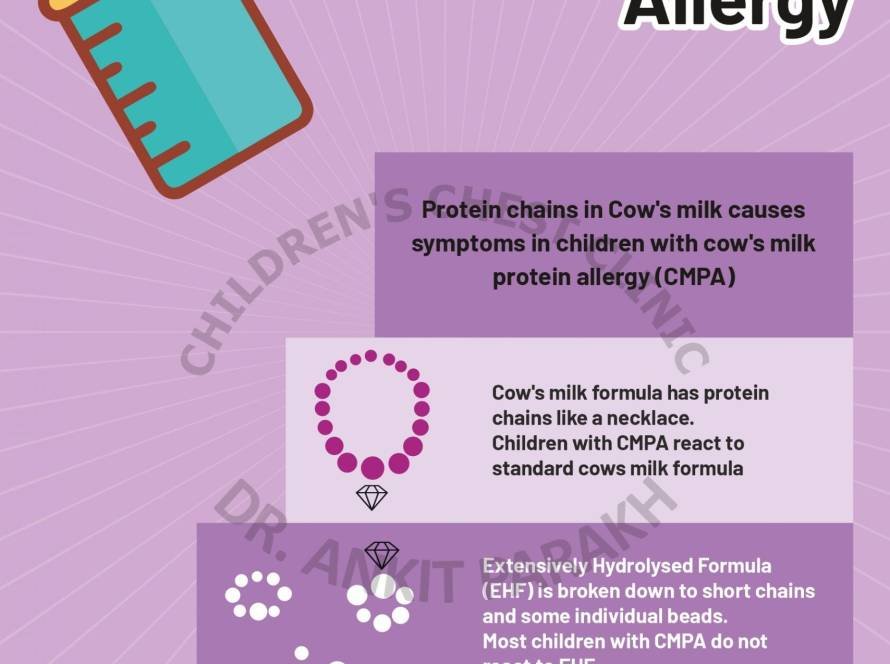Cystic Fibrosis-Related Diabetes: Causes, Symptoms, and Management
Cystic Fibrosis (CF) is a genetic disorder that affects multiple organs, including the lungs, pancreas, and digestive system. One of the major complications of Cystic Fibrosis (CF) is Cystic Fibrosis-Related Diabetes (CFRD), a unique form of diabetes that shares characteristics with both type 1 and type 2 diabetes. Early diagnosis and proper management of Cystic Fibrosis-Related Diabetes (CFRD) are essential to maintain lung function, growth, and overall health in children with Cystic Fibrosis (CF).
What is Cystic Fibrosis-Related Diabetes (CFRD)?
Cystic Fibrosis-Related Diabetes occurs due to damage to the pancreas caused by thick mucus accumulation, which leads to scarring and decreased insulin production. Unlike typical diabetes, CFRD is not solely caused by an autoimmune attack (as in type 1 diabetes) or insulin resistance (as in type 2 diabetes). Instead, it is a combination of insulin deficiency and increased energy demands due to chronic lung infections.
Causes and Risk Factors of Cystic Fibrosis-Related Diabetes (CFRD)
- Pancreatic Damage: Scarring of the pancreas reduces insulin production.
- Chronic Infections: Recurrent lung infections increase energy expenditure, making glucose regulation more challenging.
- Nutritional Challenges: Children with Cystic Fibrosis (CF) require high-calorie diets, which can affect blood sugar levels.
- Steroid Use: Some Cystic Fibrosis (CF) patients require corticosteroids, which can contribute to insulin resistance.
- Genetic Factors: CFRD is more common in older children and adolescents with Cystic Fibrosis (CF).
Symptoms of Cystic Fibrosis-Related Diabetes (CFRD)
Symptoms of Cystic Fibrosis-Related Diabetes (CFRD) can be subtle, as they may overlap with Cystic Fibrosis (CF) symptoms. Common signs include unexplained weight loss, increased thirst and urination, fatigue and low energy levels, delayed growth and poor weight gain
Diagnosis of CFRD
Cystic Fibrosis-Related Diabetes (CFRD) is diagnosed through:
- Oral Glucose Tolerance Test (OGTT): A key test recommended annually for children with CF starting at age 10.
- Fasting Blood Sugar and Hemoglobin A1c (HbA1c): To assess long-term blood sugar control.
- Continuous Glucose Monitoring (CGM): Sometimes used for detailed blood sugar tracking.
Management of Cystic Fibrosis-Related Diabetes (CFRD)
Proper management of Cystic Fibrosis-Related Diabetes (CFRD) is essential to maintain lung health and overall well-being. Treatment strategies include:
1. Insulin Therapy
- Unlike type 2 diabetes, oral diabetes medications are not effective in Cystic Fibrosis-Related Diabetes (CFRD).
- Insulin therapy is the primary treatment to regulate blood sugar levels and prevent weight loss.
2. Nutritional Support
- A high-calorie, high-protein diet is essential for Cystic Fibrosis (CF) patients.
- Carbohydrate intake should be balanced with insulin therapy to maintain stable blood sugar levels.
3. Regular Monitoring
- Blood sugar levels should be checked regularly to adjust insulin dosages.
- Annual OGTT screening helps in early detection and management.
4. Exercise and Physical Activity
- Regular physical activity improves insulin sensitivity and overall health.
- Care should be taken to balance exercise with proper nutrition and insulin levels.
Impact of Cystic Fibrosis-Related Diabetes (CFRD) on Lung Function
Poorly managed CFRD can lead to:
- Increased lung infections and hospitalizations
- Reduced pulmonary function
- Muscle weakness and fatigue
Proper diabetes management helps improve lung function, energy levels, and overall quality of life for children with Cystic Fibrosis (CF).
Cystic Fibrosis-Related Diabetes is a serious but manageable condition that requires a multidisciplinary approach. Early diagnosis, insulin therapy, proper nutrition, and regular monitoring can help children with Cystic Fibrosis (CF) maintain good health and lung function. Working closely with a pediatric pulmonologist and endocrinologist ensures optimal management of Cystic Fibrosis-Related Diabetes (CFRD).
Conclusion
1. What is the difference between Cystic Fibrosis-Related Diabetes (CFRD) and other types of diabetes?
Cystic Fibrosis-Related Diabetes (CFRD) is unique because it involves both insulin deficiency and increased energy needs, unlike type 1 or type 2 diabetes.
2. Why do children with Cystic Fibrosis develop diabetes?
Pancreatic scarring and chronic infections lead to decreased insulin production, increasing the risk of diabetes.
3. How is Cystic Fibrosis-Related Diabetes (CFRD) treated?
Insulin therapy is the main treatment, along with proper nutrition and blood sugar monitoring.
4. Can Cystic Fibrosis-Related Diabetes (CFRD) be prevented?
While CFRD cannot be entirely prevented, early detection and proper management can reduce complications.
5. Does Cystic Fibrosis-Related Diabetes (CFRD) affect lung function?
Yes, poorly controlled CFRD can worsen lung infections and reduce pulmonary function, making proper management essential.






